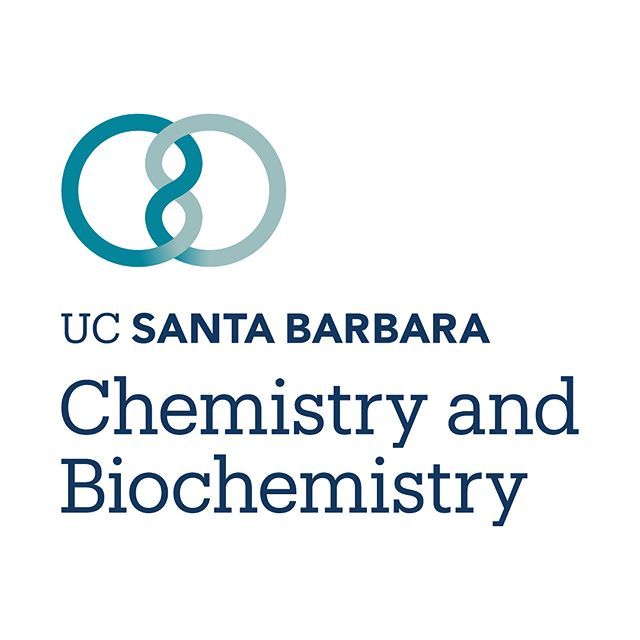Geiger Readings for Jan 27, 2019
Ambient office = 119 nanosieverts per hour
Ambient outside = 136 nanosieverts per hour
Soil exposed to rain water = 139 nanosieverts per hour
Nuclear News Roundup Jan 26, 2019
Lawmakers assured review of nuclear weapons work to be open washingtontimes.com
Geiger Readings for Jan 26, 2019
Ambient office = 131 nanosieverts per hour
Ambient outside = 122 nanosieverts per hour
Soil exposed to rain water = 126 nanosieverts per hour
Nuclear News Roundup Jan 25, 2019
Iran will never seek nuclear weapons: President Rouhani Aljazeera.com
Geiger Readings for Jan 25, 2019
Ambient office = 116 nanosieverts per hour
Ambient outside = 119 nanosieverts per hour
Soil exposed to rain water = 121 nanosieverts per hour
Researchers Find Carboranes Useful To Extract Uranium
Carboranes are molecules made up of boron, carbon and hydrogen atoms in complex three-dimensional shapes. Fifty years ago, researchers decided that carboranes could be the next rocket fuel because they could release huge amounts of energy when they were burned. At the time, these carboranes were thought to have the capability to surpass the performance of conventional hydrocarbon rocket fuel.
Geiger Readings for Jan 24, 2019
Ambient office = 98 nanosieverts per hour
Ambient outside = 141 nanosieverts per hour
Soil exposed to rain water = 143 nanosieverts per hour
Researchers In Japan Improve Boron Based Cancer Therapy
As we learn more and more about the biology of cancer, we have been able to develop therapies that are based on selectively targeting and killing cancer cells. One such therapy is called boron neutron capture therapy (BNCT). This is a radiotherapy process which involves injecting boron into cancer cells and then exposing it to neutrons.





